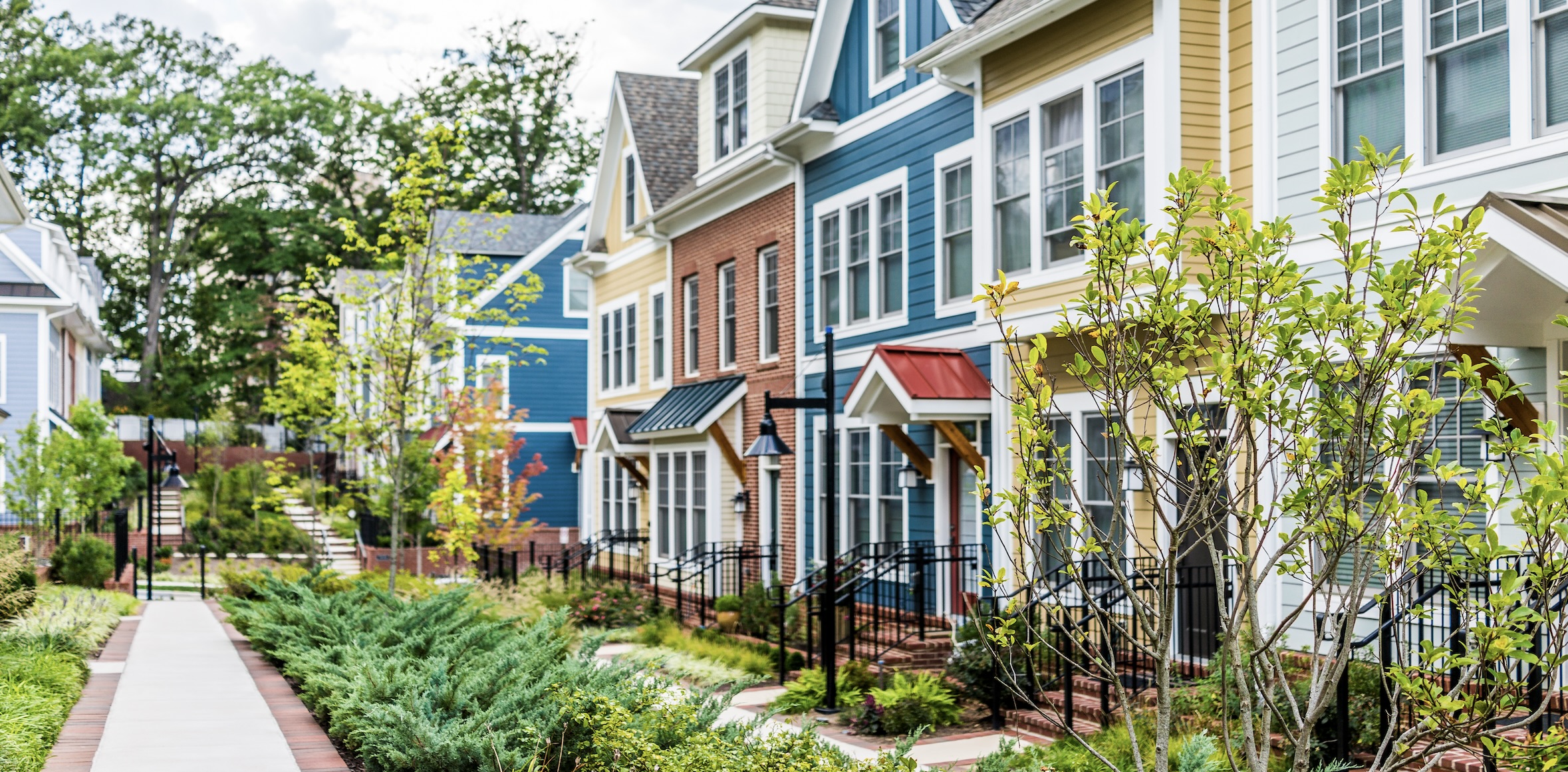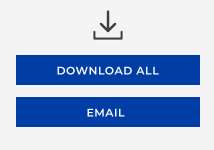When Darius Smith’s mother set out to find a home for her family in the late 1970s, she didn’t have a lot of options. As a member of the Navajo tribe, she was shown properties in only one particular neighborhood, in large part due to the discriminatory practices of the time.
“In a sense, I’m the product of redlining,” says Smith, Director of the Denver Anti-Discrimination Office, an agency committed to ending discrimination in housing and other important areas of everyday life.

image-20240102-034052
Yet despite the barriers she faced, Smith’s mother bought a home. Seeing the pride she took in her house taught Smith the value and importance of homeownership.
“Because I grew up watching her perform everyday maintenance, such as painting or caring for the lawn, I understood what it meant to be a homeowner,” Smith says. “It’s one of many reasons why homeownership is special to me, because it’s a continuation of that pride and legacy that I’m able to pass on to my kids.”
Smith says owning a home helped him build financial confidence, something he hopes to instill in other tribe members through his advocacy work. Smith is currently a liaison to the Denver American Indian Commission and is the former National Director of the Native Peoples Initiative with Habitat for Humanity.
According to data from the U.S. Census Bureau, the homeownership rate among Native populations in the U.S. was 54.6% in 2018, compared to 63.9% for the entire U.S. during the same time period. A variety of factors – complex land laws and financial literacy among them – contribute to this gap. Yet according to The Tribal Leaders Handbook on Homeownership, 75% of Native households in tribal areas report a strong desire to own a home.
Helping to meet this unmet demand, Smith says, starts with financial education and a commitment to understanding the complexities of homeownership for Native Americans and Alaska Natives.
“It’s important to invest in Native People and work to create more opportunity,” Smith says. “I truly believe together we can create more homeowners and build wealth in the community.”
The role of tribal culture and experience
Understanding cultural traditions and shared experiences is critical when working with Native American communities. Smith says that in many tribes, resources are divided among the community, a concept some Native Americans may feel is in conflict with saving to buy a home.
He offers the following example: “I’m walking down the street and I find $100. How Indians will think is, ‘I’m going to keep $10 for myself and then think about nine relatives I can give $10 to.’ It’s a beautiful concept of taking care of each other.”
On the flipside, someone pursuing homeownership may keep $20 and put $80 in the bank.
“Saving to buy a home really focuses on yourself, so education is needed to show that the concepts of homeownership and supporting your community aren’t mutually exclusive. You can take care of your community and yourself if you have the right resources and the right intent,” Smith says.
It’s also important to understand that many Native Americans growing up on reservations live in housing subsidized by the federal government. In many cases, families have lived in the same property for generations and may be reluctant to leave a home where a parent or even grandparent grew up. With some rents as low as $200 a month and a strong family tie to their current home, some may not see the benefit in taking on a mortgage loan with higher monthly payments.
“It’s a different mindset when you grow up in public housing,” Smith says. “If you don’t grow up owning a home, you may not see the benefits at first.”
That’s where Smith says companies and organizations can step in.
“There’s a great opportunity for companies like RE/MAX to help solve the problem by educating consumers to help them get mortgage ready,” Smith says. “That’s how you create opportunities for people transitioning from public housing into homeownership.”

image-20240102-034052
The importance of education
Smith says increasing financial literacy and real estate knowledge is key to growing homeownership among Native Americans. For example, he says his girlfriend, who’s Lakota, was recently able to purchase a home after completing a homeownership education course where she learned she was eligible for a down payment grant through a local organization.
One of the most important resources available for Native American communities is the Section 184 Indian Home Loan Guarantee Program. The program allows a member of one of the 574 federally recognized (as of February 2020) American Indian Tribes and Alaska Native Villages to purchase a home with as little as 2.25% down (though other closing cost fees do apply) in qualifying areas of the country and with flexible underwriting guidelines. As part of financing a home through Section 184, the mortgage loan is guaranteed by the Federal Government which assures the lender that its investment will be repaid in full in the event of foreclosure, which may increase the size of the loan qualified individuals may be approved for. Section 184 loans can be used both on and off native lands, for new construction, rehabilitation of property, the purchase of an existing home or a refinance.
Section 184 removes a major barrier to homeownership for many Native Americans: Because reservation land is held in a trust for American Indian tribes, it can’t be mortgaged in the typical way. Section 184 financing works around this by creating a long-term lease of the land (sometimes up to 75 years) that resembles a more common home mortgage. The home can be sold only to eligible buyers to ensure the land remains preserved for future generations of the tribe.
In some states, Section 184 can be used by Native Americans to purchase a home outside of a reservation, opening up who the home can be sold to. Smith was able to use Section 184 to purchase a bigger home for his growing family.
“Things changed quickly – once we got that home we started to build equity,” Smith says. “Then within two years we were able to move into a bigger house with more bedrooms for the family, more square footage and better access to amenities. Owning a home builds a lot of confidence.”
As a result of wealth-building benefits of owning his own home, Smith said he was able to help his daughter pay for her college education, demonstrating the impact homeownership can have on future generations.
Opening eyes to a new story
Despite the barriers to homeownership and other obstacles Native Americans continue to face in the U.S., it’s important to also recognize where American Indian tribes are thriving. In many areas, Native American entrepreneurs and tribal organizations have become a powerful force in the economy.
Case in point: The Hard Rock Café Enterprise, valued at more than $1.5 billion, is owned by the Seminole tribe in Florida. The Southern Ute in Colorado is now one of the wealthiest in the U.S. after learning how to take control of natural gas drilling on their reservations.
“The typical narrative about Native Americans is one of abject poverty, yet the annual economic impact of American Indian and Alaskan Natives to the state of Colorado, for example, is $1.5 billion,” Smith says.
“There’s an opportunity for companies to do smart business with tribes and to invest in tribal people, and that starts with empowering them to become homeowners.”







